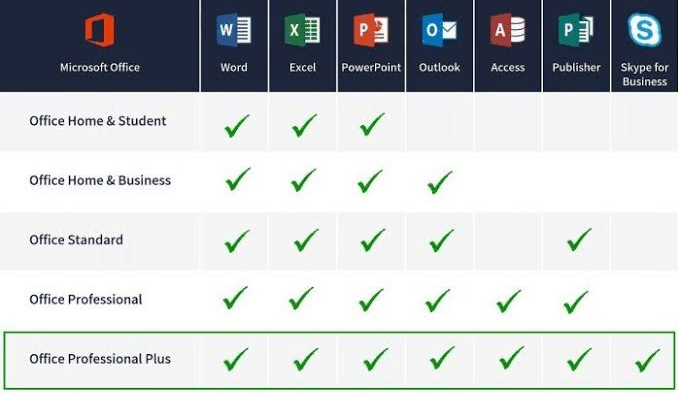
- #WHAT IS DIFFERENCE BETWEEN WINDOWS AND MICROSOFT FULL#
- #WHAT IS DIFFERENCE BETWEEN WINDOWS AND MICROSOFT WINDOWS 10#
- #WHAT IS DIFFERENCE BETWEEN WINDOWS AND MICROSOFT WINDOWS#
In Azure Virtual Desktop, FSLogix is a profile container that holds user profiles in a Virtual Hard Disk v2(VHDX) file. As such, it will have a single user profile and no need for multi-user profile management.
#WHAT IS DIFFERENCE BETWEEN WINDOWS AND MICROSOFT WINDOWS#
Windows 365 is a single-user managed desktop which will run in Microsoft’s Azure environment. For AVD, networking flexibility is a requirement with no Microsoft management provided.
#WHAT IS DIFFERENCE BETWEEN WINDOWS AND MICROSOFT FULL#
Meanwhile Windows 365 Business will remain full Microsoft-managed with no flexibility. Enterprise has fully customer-managed networking with flexible routing, IPs and security. Here is where Windows 365 Enterprise splits from business. For AVD, it is all about flexibility with OS Disks, FSLogix profiles, the ability to easily back up storage and VMs. Lack of admin access to the VMs can make it challenging to back up, but with Microsoft managing it, the hope is that it will not be required. StorageĪgain, focused on ease of use and set up, Windows 365 provides fully managed storage with fixed pricing. AVD is going to remain the place to go if you need a monster video rendering machine with multiple 3090 GPUs and TBs of RAM. In AVD, compute usage is customer managed with consumption based costs and additional flexibility in configuring VMs. ComputeĪzure compute for Windows 365 will be 100% Microsoft managed, with a fixed cost and no direct admin access to the underlying Virtual Machines (VMs). Meanwhile, Azure Virtual Desktop is entirely customer managed with flexible consumption based pricing.

Microsoft Desktop as a Service (DaaS) subscription modelsĪll of the virtual desktop solutions require Azure Subscriptions, however Windows 365 subscriptions reside fully in Microsoft’s Azure subscription and will be fully managed by Microsoft at fixed costs.
#WHAT IS DIFFERENCE BETWEEN WINDOWS AND MICROSOFT WINDOWS 10#
Meanwhile, Azure Virtual Desktop supports Windows 10 Enterprise multi-session, Windows 10 Enterprise, Windows 7 Enterprise, Windows Server 2019, Windows Server 2016, and Windows Server 2012 R2. Windows 365 can be deployed with Windows 10 or Windows 11 (on launch).

Operating Systems Available on Windows 365 and AVD Both are based on an Azure Virtual Desktop control plane, but from there the similarities breakdown quickly. Windows 365 will come in business and Enterprise versions, and Azure Virtual Desktop (AVD) is available in personal and pooled deployments. To add to the confusion is there are two versions of each. The two cloud versions of Windows are going to cause the most confusion. Azure Virtual Desktop Multi-User (pooled)


 0 kommentar(er)
0 kommentar(er)
